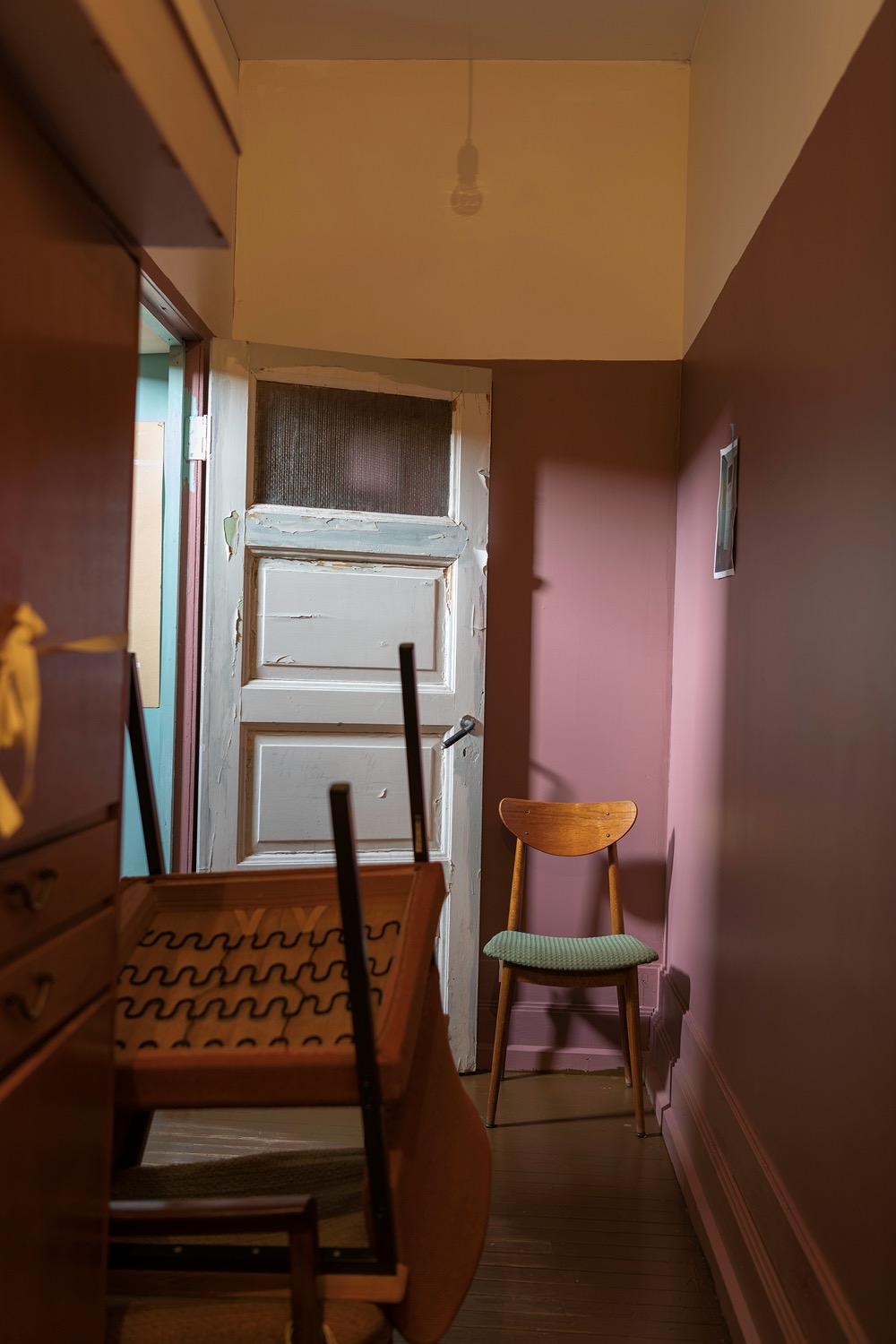The Garbage Man (The Man who Never Threw Anything Away) (audio description)
Ilya Kabakov
Transcription
Description
The Garbage Man (The Man who Never Threw Anything Away)
Artist: Ilya Kabakov
Year: 1988 – 1995
The room is an installation, a work of art that consists of many objects. Via an old door you enter three rooms of a total of forty square meters filled with scrap and rubbish, neatly arranged and systematized in cupboards with glass doors along the walls. Other items that usually have a permanent place in a home; furniture, clothing and equipment, on the other hand, have been thrown randomly on the floor.
Narrator:
You are now standing in a communal apartment in Soviet Russia, a so-called communalka. In this building, which before the Communist revolution housed a single family, there are now many families crammed in between its thin walls.
This particular apartment is like a museum, with shelves and cabinets full of useless things. Everything is obsessively ordered and numbered, with labels attached. Some labels are linked to memories, like the one attached to a dead beetle: “I caught this under the table in the kitchen”
The man who lived here devoted his life to a single obsession: creating a museum out of garbage – a parallel reality, far away from everyday Soviet life. He became known as “the Garbage Man”. Who was he?
We find the answer on the shelf above the grey sleeping bench, in a cardboard folder. We can read that: “He lived completely alone and spent all his time in his room.” “What he did in his room was something that none of the other inhabitants of the overcrowded communal flat ever knew.”
Ilya Kabakov - the Russian artist who created this installation and wrote the story of “the Garbage Man” - emigrated to the United States before the Soviet Union collapsed.
To Kabakov, garbage was “the essence of Soviet life”. It was everywhere. He described the Soviet Union as the first modern civilization to end up on the garbage heap of history.
With this installation, Kabakov created a monument not only to a failed political experiment and a lost empire, but also to those of us who cannot succeed in letting go of things – and the memories we attach to them.